Tiny holes discovered in plastic bags prompted researchers in Spain to begin investigating whether caterpillar larvae can be used to break down plastic.
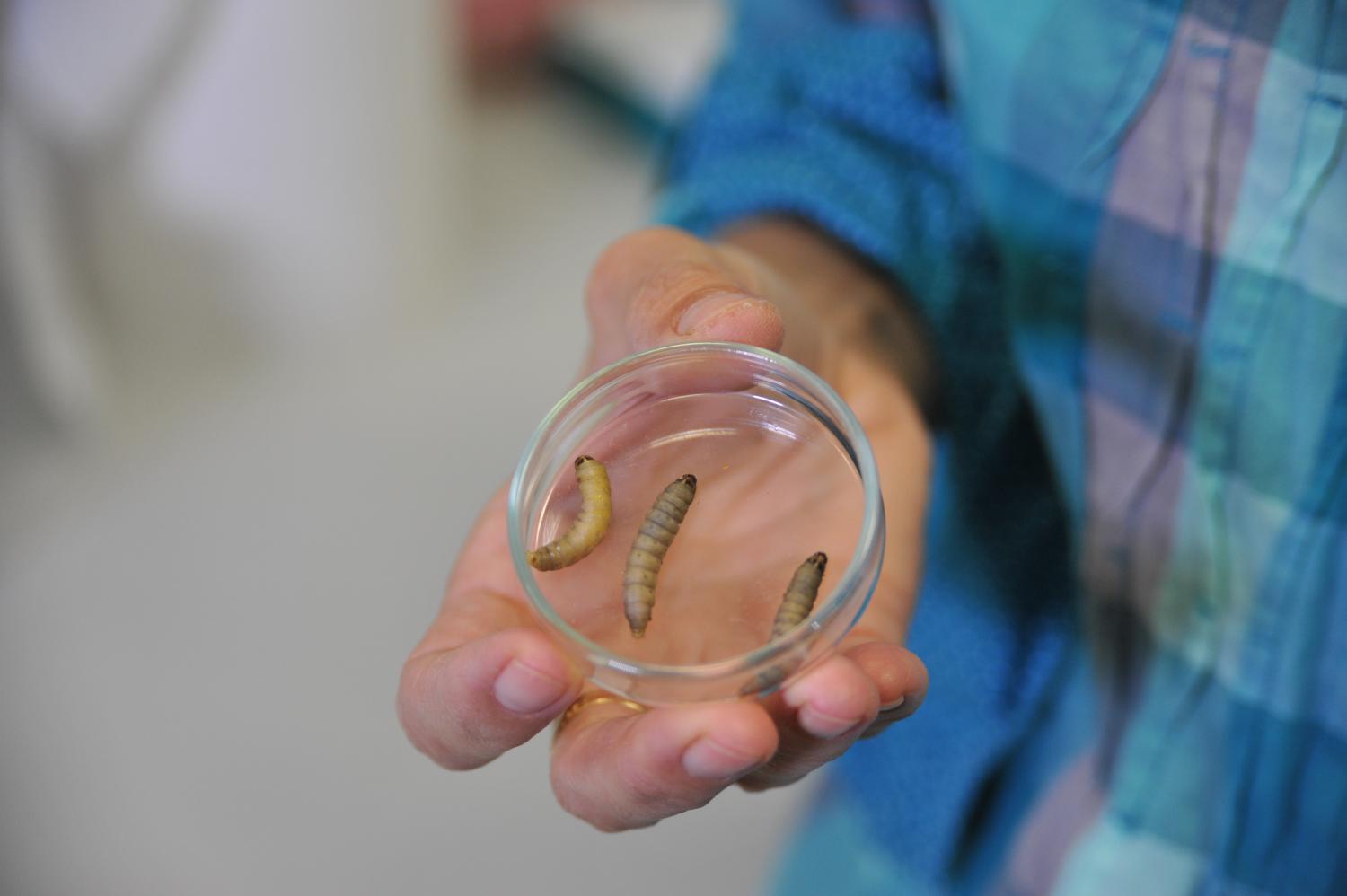
A curious beehive cleaner made the discovery by chance when larvae of a common caterpillar species ‘Greater Wax Moth’ (Galleria mellonella) hatched inside a regular plastic bag and noticed that the bag was full of holes.
They discovered that the larvae do not only chew through plastics by themselves, they also seem to have an ability to break it down chemically.
The larvae produce and use an enzyme to break down wax, which can also be used to break down plastic. The researchers describe the larva’s ability to break down even the toughest plastic particles as “very exciting”, saying that the discovery could be used to solve plastic pollution on an industrial scale.
The researchers hope to identify the enzyme used by the wax larva and the genes involved in its production, it would then theoretically be possible to insert these into bacteria or in marine organisms – giving them the ability to break down plastic in nature.
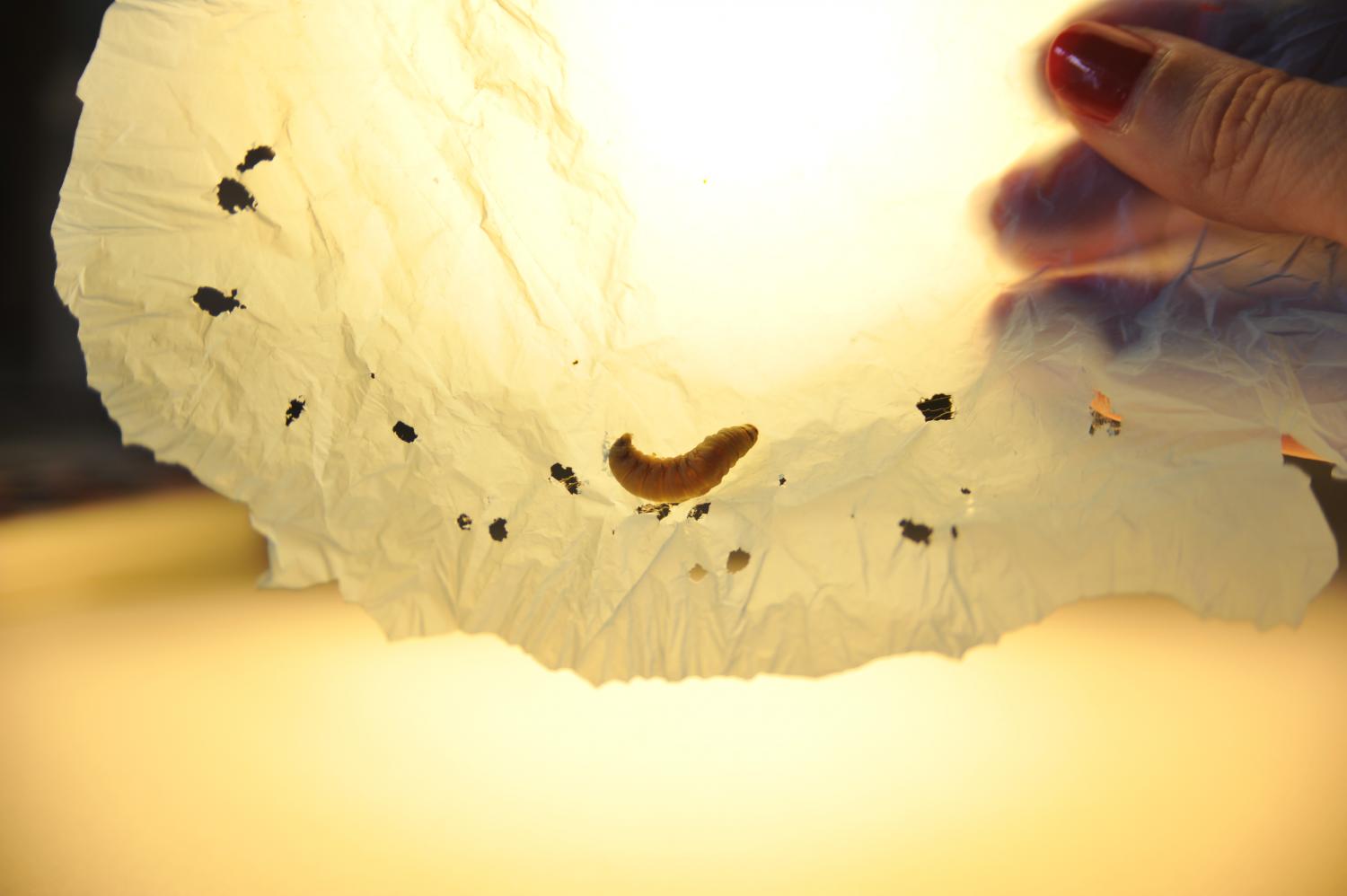
An explanation to their remarkable ability could be that the digestive system of the larvae has evolved to break down the same kind of chemical bonds found in the plastic, as in beeswax. Since this species of moth are hatched in beehives surrounded by beeswax.
Microplastics from, among other things, plastic bags are a huge environmental problem and take hundreds of years to break down in nature. About a trillion plastic bags are used around the world every year. When they are thrown, many end up in the world’s ocean.
Reference:
Paolo Bombelli et al. Polyethylene biodegradation by caterpillars of the wax moth Galleria mellonella. Current Biology April 24, 2017.

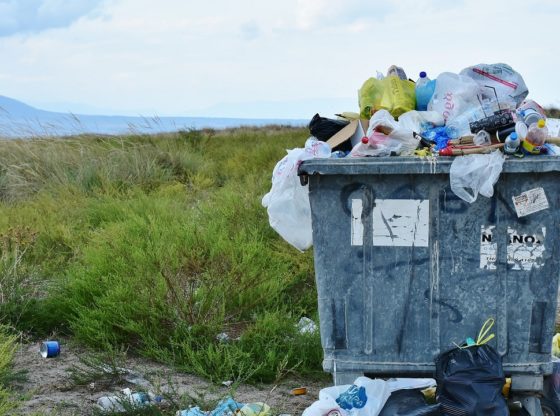

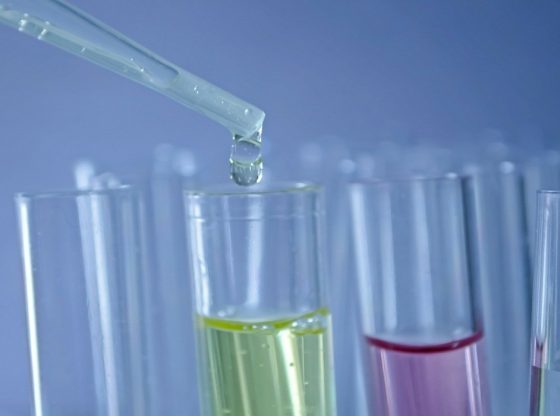
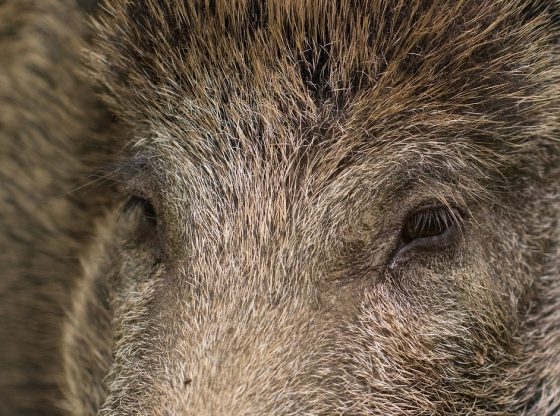
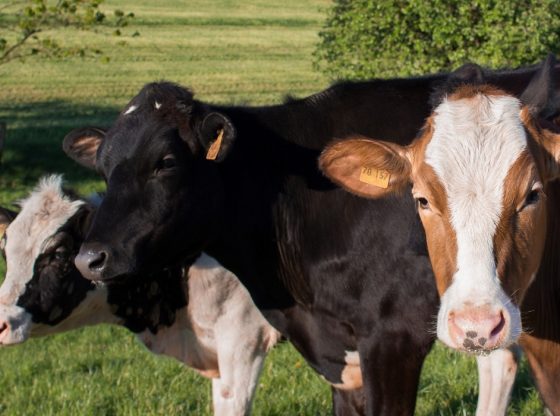
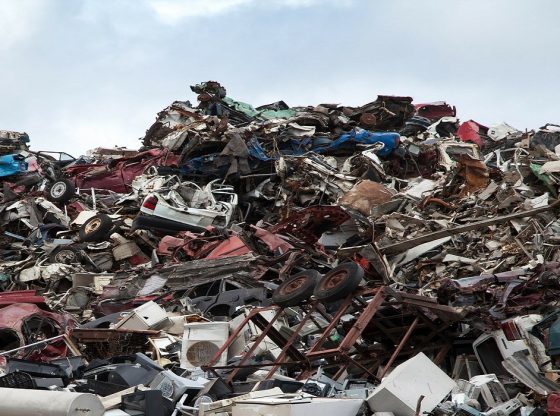
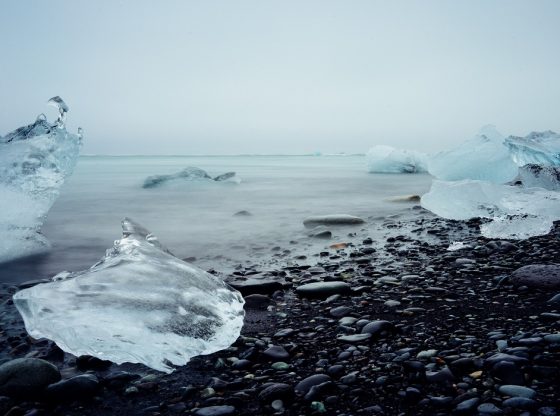


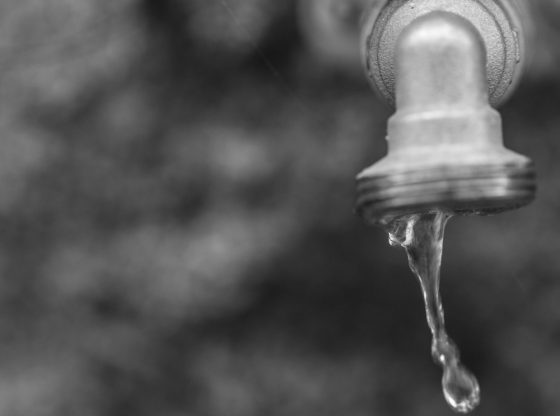
![OpenAI. (2025). ChatGPT [Large language model]. https://chatgpt.com](https://www.illustratedcuriosity.com/files/media/55136/b1b0b614-5b72-486c-901d-ff244549d67a-350x260.webp)
![OpenAI. (2025). ChatGPT [Large language model]. https://chatgpt.com](https://www.illustratedcuriosity.com/files/media/55124/79bc18fa-f616-4951-856f-cc724ad5d497-350x260.webp)
![OpenAI. (2025). ChatGPT [Large language model]. https://chatgpt.com](https://www.illustratedcuriosity.com/files/media/55099/2638a982-b4de-4913-8a1c-1479df352bf3-350x260.webp)








